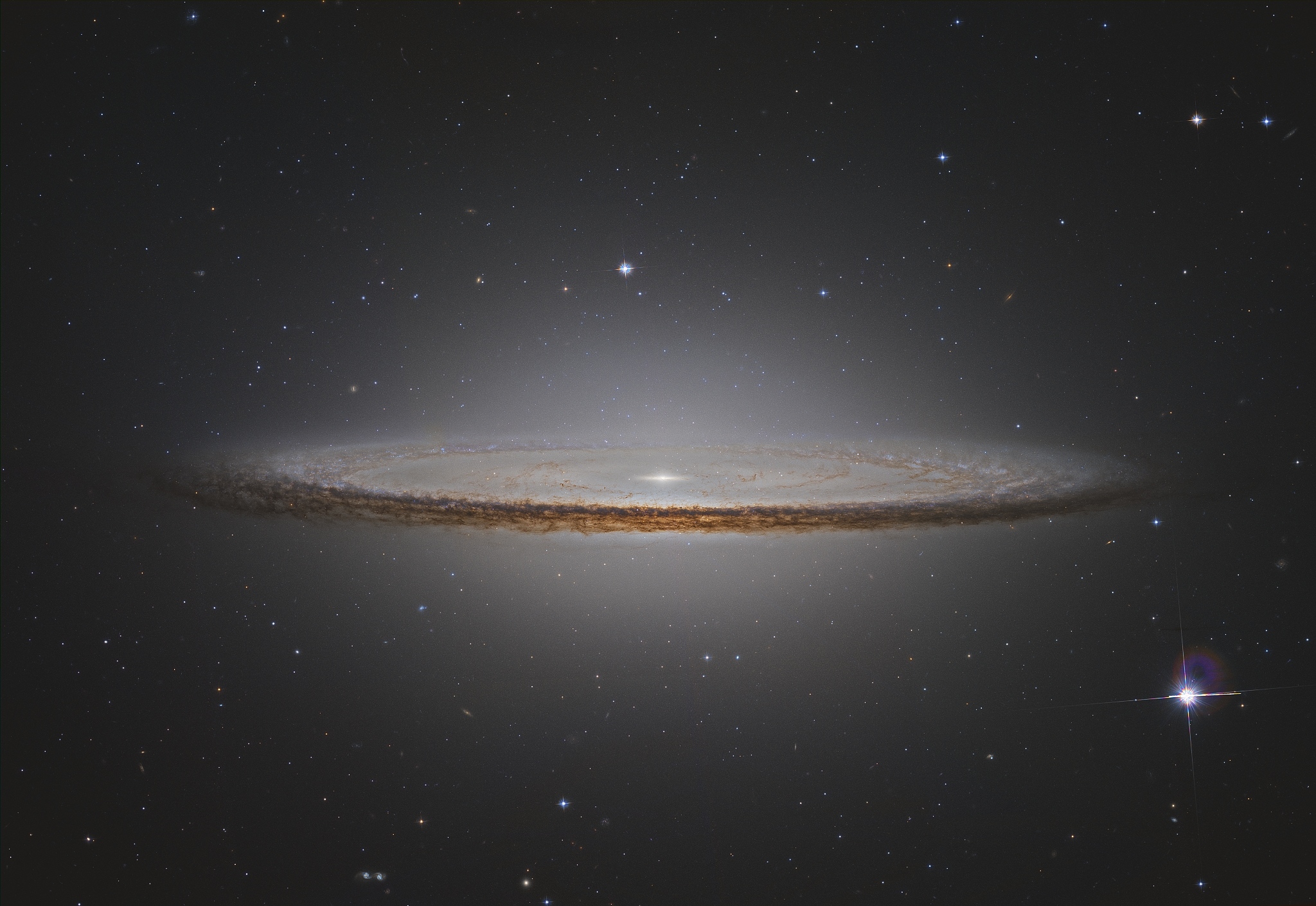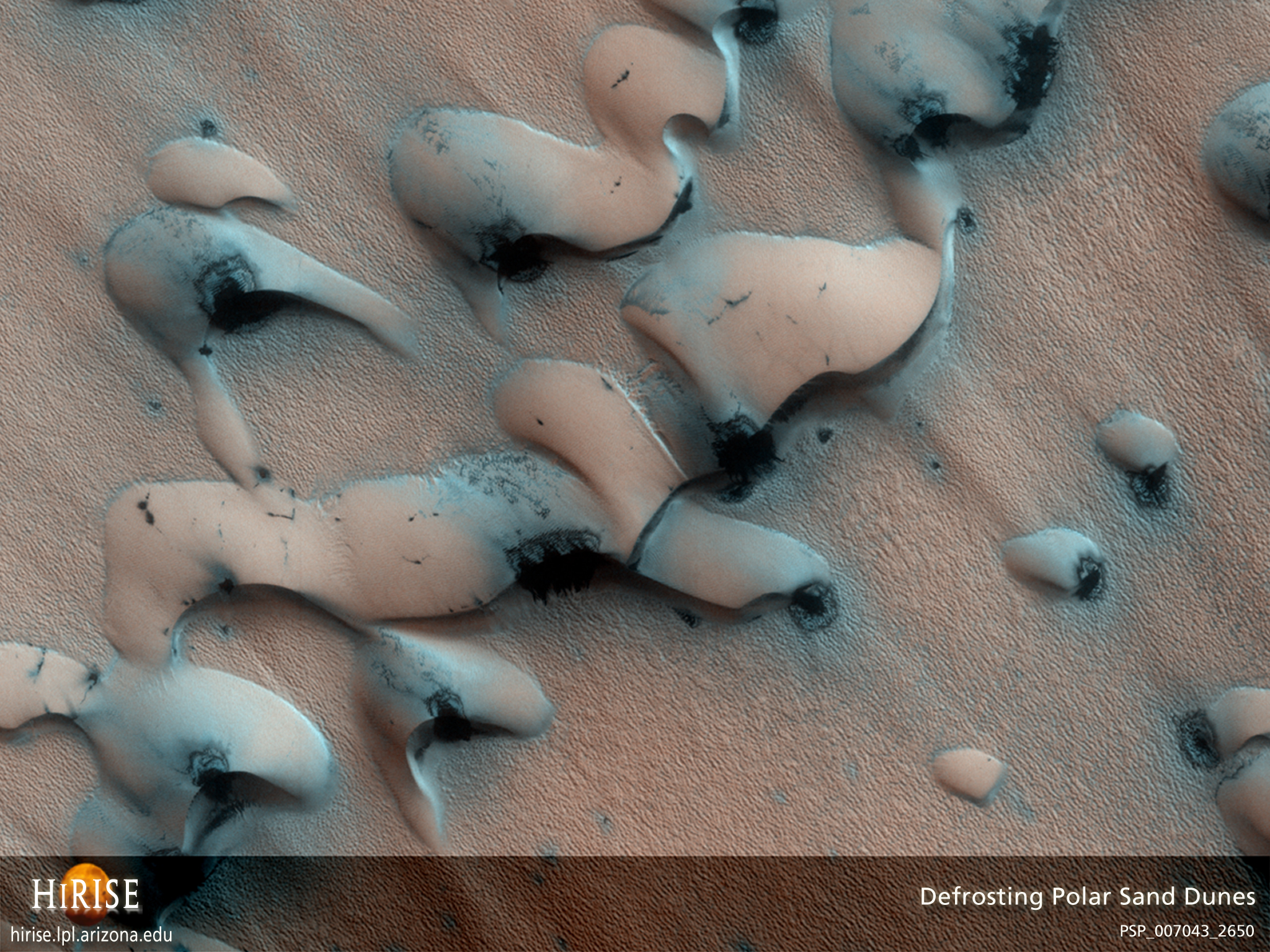Henrietta Swan Leavitt was born on July 4, 1868 in Lancaster, Massachusetts. Her father was a Congregational minister. She attended Radcliffe College and graduated in 1892; in 1895 she began to work at Harvard College Observatory as a research assistant. Leavitt stopped working at the Observatory for a few years because of an illness. She was left partially deaf from the illness, but returned as a permanent staff member at the observatory in 1902 and soon became the department head for photographic stellar photometry.
Edward C. Pickering hired Leavitt and many other women to help collect data; they are known as "Pickering's Women". He assigned Leavitt to compare photographic plates to identify stars with varying brightness in the Magellanic Cloud. In 1904, two photographs of the Small Magellanic Cloud were compared and many variable stars were found. Therefore, higher quality pictures were taken with a two to four hour exposure, and fifty-seven more variable were discovered. Pictures were also taken of the Large Magellanic Cloud and many more variables were found. Analyzing these photographic plates was a dull task, but Leavitt was able to discover 1777 new variables in total. Leavitt specifically focused on a group of stars known as the Cepheid variables. By assuming that all the stars in the Magellanic Cloud are about the same distance away, Leavitt realized that distance was related to luminosity, not just to apparent magnitude. This became known as the Period-Luminosity relation. This relationship is used to help to determine the distance to galaxies, star clusters, and other far-away objects. In fact, scientists are able to estimate our galaxies size and shape because of Leavitt’s work.
Unfortunately, Pickering reassigned Leavitt from her Cepheid work to try and determine a star’s photographic brightness. Leavitt determined the absolute magnitude of about 47 stars near the North Pole. These stars were used as a standard to determine others stars’ brightness. Henrietta Leavitt died on December 12, 1921 from cancer. Leavitt’s work is so appreciated that she was nominated for the Nobel Prize by the Swedish Academy of Sciences in 1925.
Interestingly, Leavitt worked with another great female astronomer, Annie Jump Cannon, during her years at Harvard. She was also one of "Pickering's Women".
Works Cited
"Annie Jump Cannon." San Diego Supercomputer Center. 7 Mar. 2008
.
Astronomical Society of the Pacific. 1992. 6 Mar. 2008 .
Bailey, Solon I. "Henrietta Swan Leavitt." 6 Mar. 2008 .
Barba, Robertta H. "Henrietta Swan Leavitt." San Jose State University. 1996. 6 Mar. 2008 .
"Henrietta Swan Leavitt,." Bloomfield Science Museum Jerusalem. 6 Mar. 2008 .
Leavitt, Henrietta S. "1777 Variables in the Magellanic Clouds." Annals of Harvard College Observatory 60 (1908): 87-108.3. 6 Mar. 2008.
Nemiroff, Robert, and Jerry Bonnell. "Henrietta Leavitt Calibrates the Stars." NASA. 27 Oct. 1998. 6 Mar. 2008 .
Turner, Jean. "Henrietta Swan Leavitt." University of California. 1997. 6 Mar. 2008 .

